Utah, the “Beehive State”, is the land of the Mighty Five, the spectacular five national parks in the land settled by Mormons. Just like in Arizona, here in Utah you will find some of the most amazing red rock natural wonders and drive on breathtaking scenic roads that will make you understand the state’s motto: “Life Elevated”! Ready to elevate your spirit?
Contents
- Utah at a Glance
- Utah Tourism
- Best Things to Do
- Scenic Drives
- Road Trip on Utah’s Scenic Byway 12: All the Stops from Panguitch to Torrey
- Capitol Reef Country Scenic Byway (Utah Hwy 24): Road Trip from Capitol Reef to Moab
- UT-128 to Moab: A Road Trip with Extraordinary Views of Castle Valley
- Zion-Mount Carmel Highway and Highway 9 in Utah: A Scenic Road from Zion to Bryce Canyon
- Potash Road and Shafer Trail: The Rugged Scenic Byway between Moab and Canyonlands
- Hole in the Rock Road: Discover Canyons and Rock Gardens in the Grand Staircase-Escalante
- Popular Parks
- Utah’s Mighty Five: The “Big 5” Amazing National Parks of the State
- Zion National Park: Travel Guide to Enjoy a Utah Masterpiece
- Monument Valley Tribal Park
- Things to See in Bryce Canyon: A Guide for Visiting It in One or More Days
- Visiting Arches National Park: A Trip Around Utah’s Best Natural Arches
- Canyonlands National Park: Things to do, Hiking Trails and Tours from Moab
- Capitol Reef National Park: An Adventure in Utah through Canyons and Orchards
- Where to Stay in Bryce Canyon: Best Accommodations in the Park Area
- Island in the Sky: Scenic Road Trip through the Canyonlands
- Lesser-known Parks and hidden gems
- Goblin Valley: Walk among Hoodoos in the Desert in Utah
- Discover Valley of the Gods, Monument Valley’s Younger Sister
- Red Canyon, Utah: The Magnificent Portal to Bryce Canyon
- Kodachrome Basin State Park: A Small Natural Masterpiece in Utah
- Flaming Gorge: Unforgettable Views in Utah and Wyoming
- Buckskin Gulch: A Guide to One of America’s Largest Canyons
- Antelope Island: Bison and Golden Prairies Near Salt Lake City
- Cedar Breaks National Monument: A Pleasant Surprise Hidden Among the Utah Mighty Five
- Top 10 Slot Canyons in Utah + 1: discover the most exciting hikes!
- A Guide to the Immense Grand Staircase-Escalante National Monument
- Coral Pink Sand Dunes: The Unusual Pink Dunes of Utah
- Toadstool Hoodoos: The Unusual Mushroom-shaped Rocks in Utah
- Upper and Lower Calf Creek Falls: A Trail Guide to the Impressive Waterfalls along UT-12
- Fantasy Canyon, Utah: A Surreal Natural Landscape… Under the Wide Open Sky!
- Visit Snow Canyon State Park and Enjoy Incredible Views
- Visit Dinosaur National Monument: Dinosaur Fossils and Deep Canyons
- Natural Bridges National Monument in Utah: Exploring the Majestic Natural Bridges
- Best Views
- Dead Horse Point State Park: A “Legendary” Landscape in Utah
- Goosenecks State Park: A Breathtaking View!
- Bonneville Salt Flats: The Dazzling Beauty of the Great Salt Lake
- Moki Dugway and Muley Point: Winding Roads and Wide Landscapes
- Skylight Arch in Utah: An Off-Road Adventure near Page, Arizona
- How to Visit the Majestic Rainbow Bridge National Monument?
- Major Cities
- Special Attractions
- Time Zone
- Map of Utah
- Utah General Information
Utah at a Glance
Here is a series of brief information about the state of Utah:
Utah Tourism
Tourism in Utah is particularly tied to its natural beauty. Firstly, the 5 national parks located here – Arches, Bryce Canyon, Canyonlands, Capitol Reef, and Zion – alone attract a significant number of both American and foreign tourists. In addition to these points of interest, there are 8 National Monuments – Cedar Breaks, Dinosaur, Grand Staircase-Escalante, Hovenweep, Natural Bridges, Bears Ears, Rainbow Bridge, and Timpanogos Cave – and even 43 State Parks. Among these, notable ones include Goblin Valley, Coral Pink Sand Dunes, Goosenecks, Escalante Petrified Forest, and Antelope Island.
While international tourism is mainly associated with the great natural parks, domestic tourism also includes winter mountain tourism thanks to the abundant offering of ski slopes and winter sports in general.
Main Utah Airports
The Salt Lake City International Airport is the only international airport in the state and serves as a convenient gateway not only for visiting northern Utah but also the three neighboring states (Idaho, Wyoming, and Colorado), making it one of the best entry points for exploring Yellowstone and the Great American West region.
However, most of Utah’s most stunning natural destinations are concentrated in the southern part of the state and are often visited as part of a broader road trip in the Southwest region. In these cases, the best airports to consider for landing are Las Vegas (McCarran International Airport) and, subsequently, California‘s airports (Los Angeles International Airport and San Francisco International Airport) and Arizona‘s Phoenix Sky Harbor International Airport.
Among Utah’s regional airports, the St. George Regional Airport, located in the town of St. George, can be a useful option for layovers and domestic flights.
Getting Around Utah
The automobile is the most suitable means of transportation for getting around in Utah, given the long distances, climate, and the absence of extensive public transportation. The primary highway to reference is I-15, which traverses the entire state from north to south. It enters from Idaho, passes through Salt Lake City, and after Provo, heads southwest towards St. George, at the border with Arizona (where it briefly passes through) and Nevada, where it continues.
Among its branches, to the north, I-80 is important as it connects Salt Lake City with Nevada, but from a tourist perspective, I-70 is much more relevant. I-70 branches off from I-15 more or less in the center of the state and heads east. From this highway, US-89 and US-191 branch off to the south, leading to the vicinity of the national parks and major natural attractions.
Best Things to Do
Things to See in Utah: The State’s Best Sights and Attractions
Those who plan to visit Utah (the “Beehive State”) will find themselves surprised by a unique scenic beauty, with its lush forests and arid red rocky deserts, through dazzling white salt flats and iconic western landscapes. Five national parks, numerous state parks, scenic drives, towns with a strong Mormon identity, and Indian reservations- the things to see in Utah are …
Read moreScenic Drives
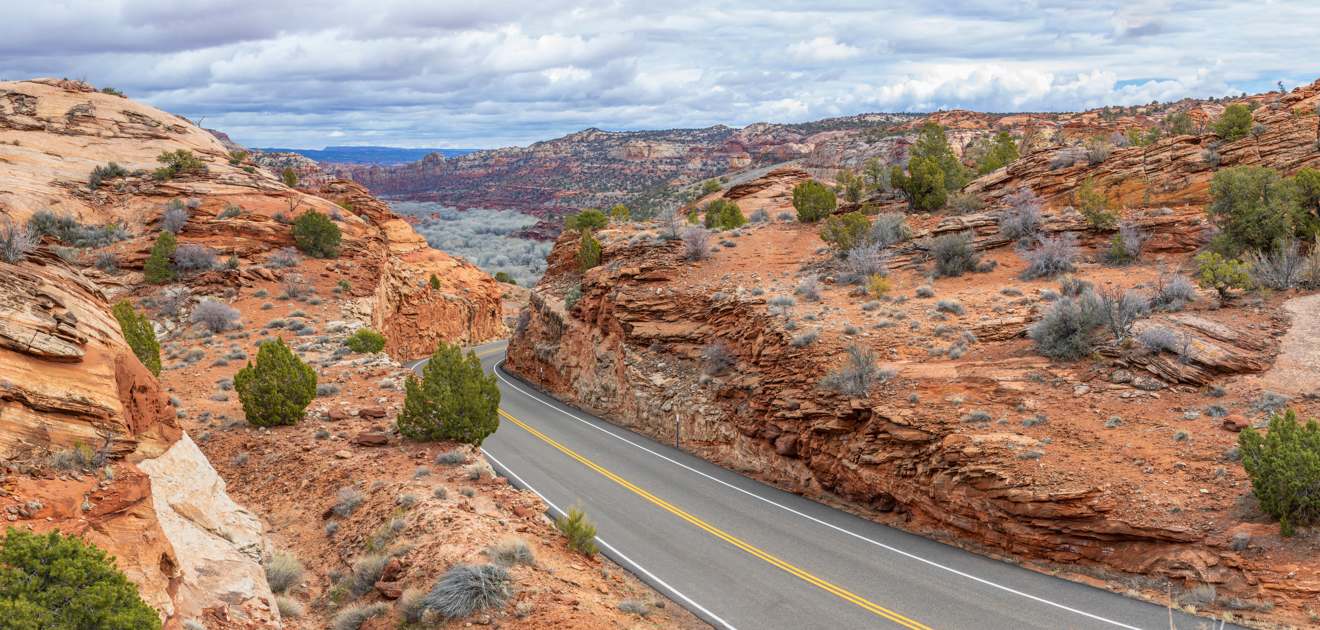
Road Trip on Utah’s Scenic Byway 12: All the Stops from Panguitch to Torrey
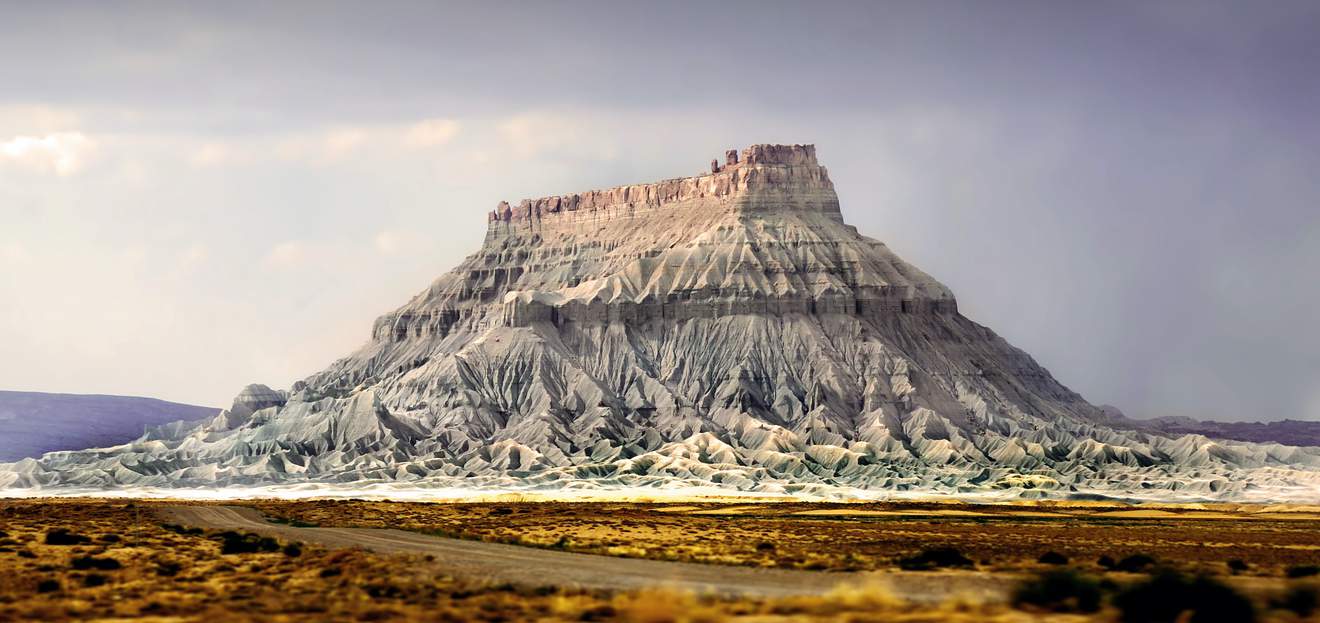
Capitol Reef Country Scenic Byway (Utah Hwy 24): Road Trip from Capitol Reef to Moab

UT-128 to Moab: A Road Trip with Extraordinary Views of Castle Valley
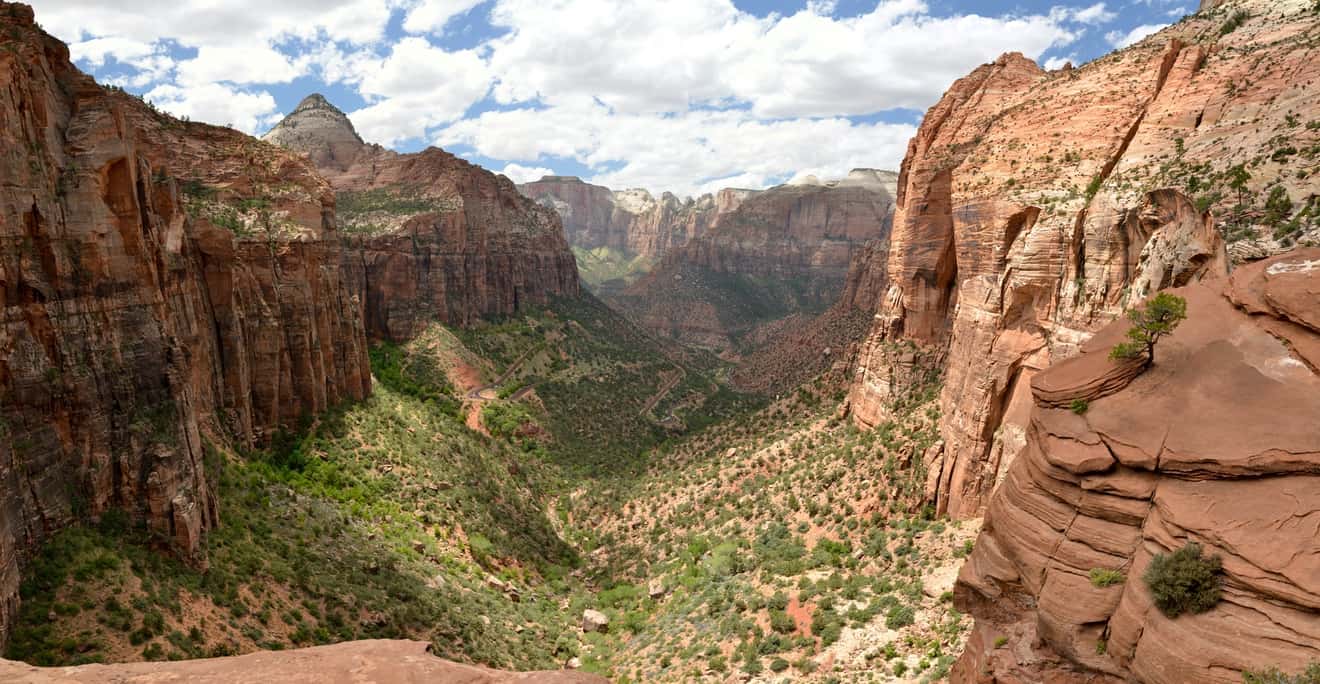
Zion-Mount Carmel Highway and Highway 9 in Utah: A Scenic Road from Zion to Bryce Canyon
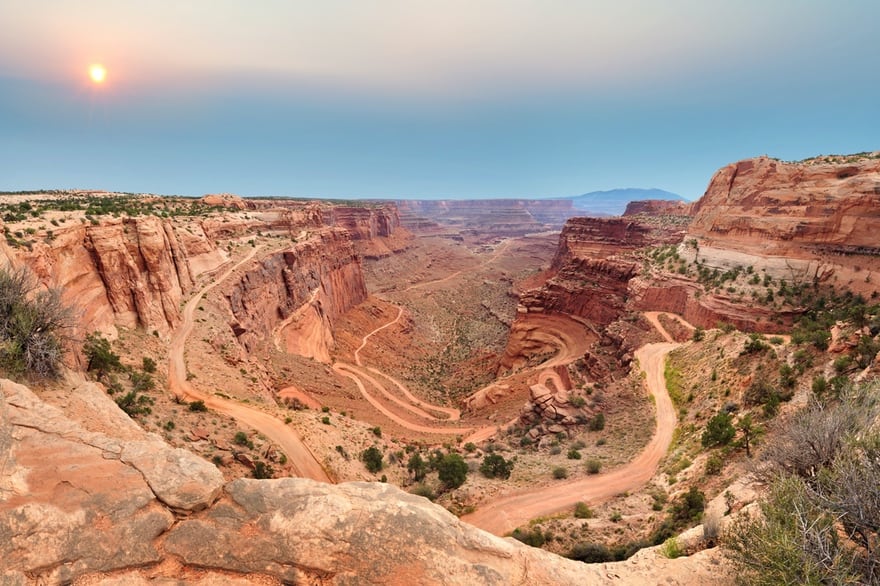
Potash Road and Shafer Trail: The Rugged Scenic Byway between Moab and Canyonlands
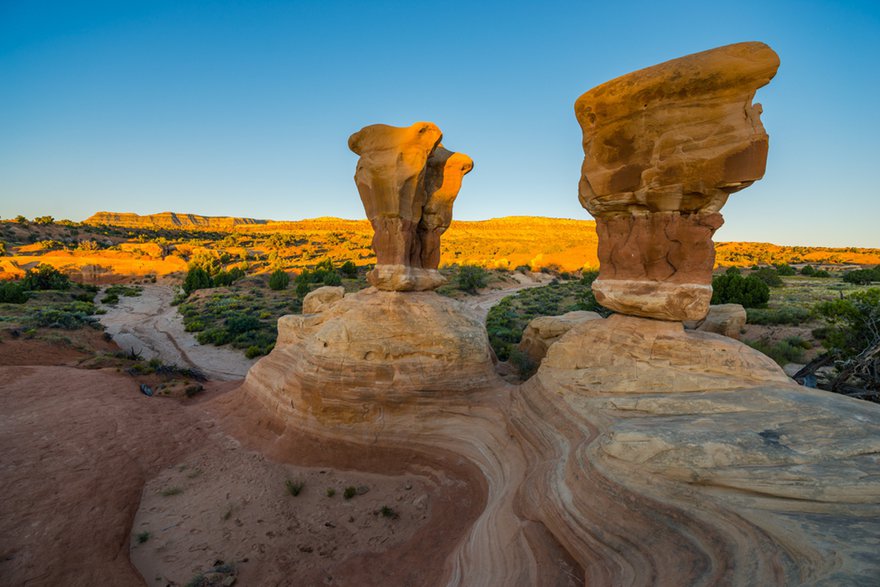
Hole in the Rock Road: Discover Canyons and Rock Gardens in the Grand Staircase-Escalante
Popular Parks
Utah’s Mighty Five: The “Big 5” Amazing National Parks of the State
Bryce Canyon, Zion, Arches, Capitol Reef and Canyonlands: these are Utah‘s five national parks, known for their natural beauty and landscapes that see thousands of visitors each year. They are part of the Grand Circle, the route that includes some of Southwest natural wonders, which is called a circle precisely because it forms an imaginary circle over the territory. You …
Read more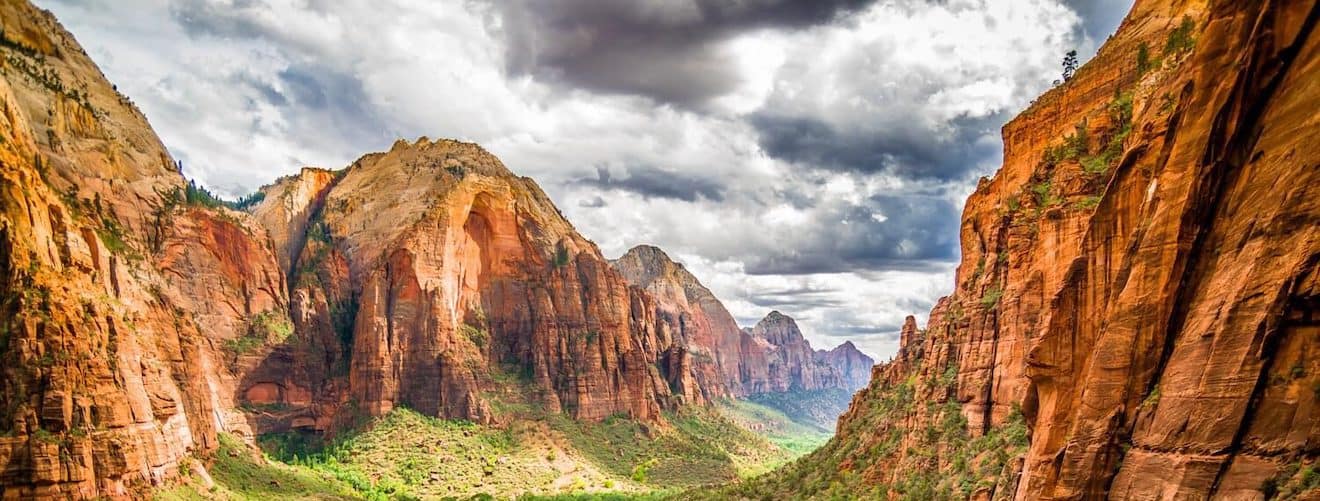
Zion National Park: Travel Guide to Enjoy a Utah Masterpiece
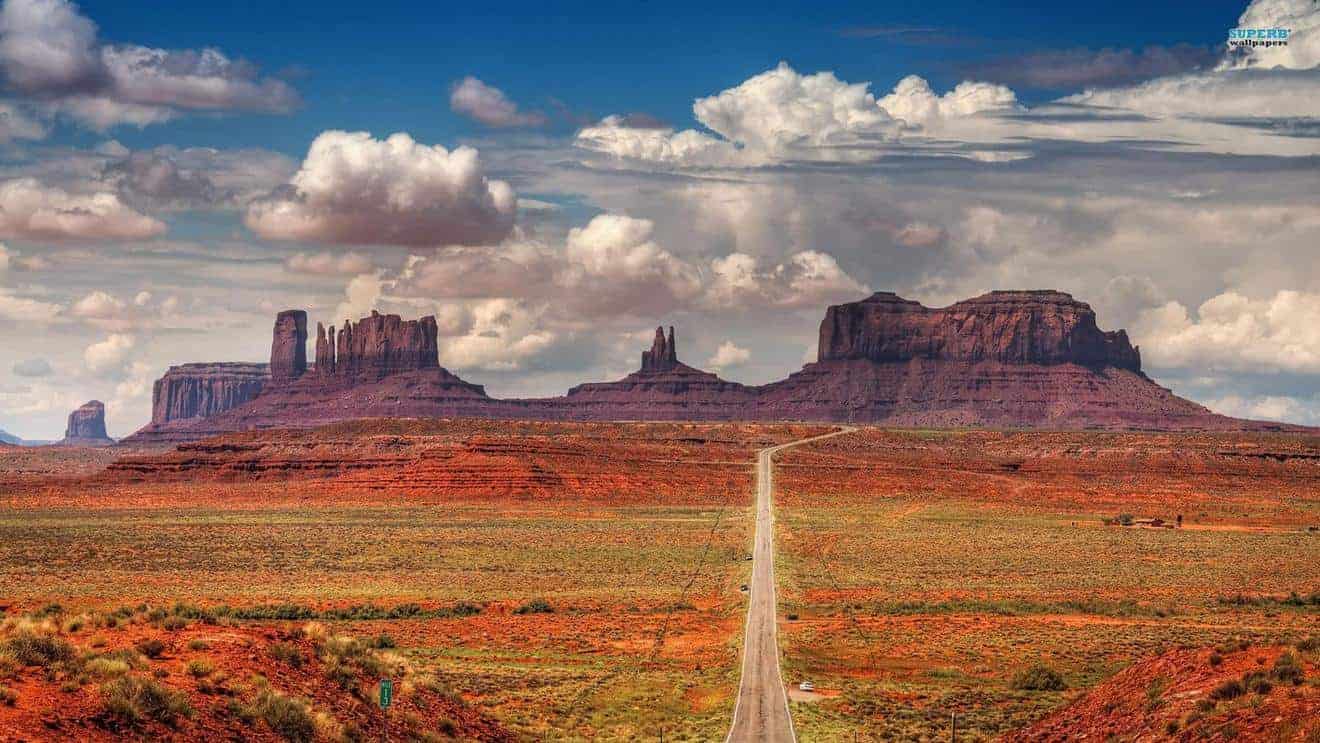
Monument Valley Tribal Park
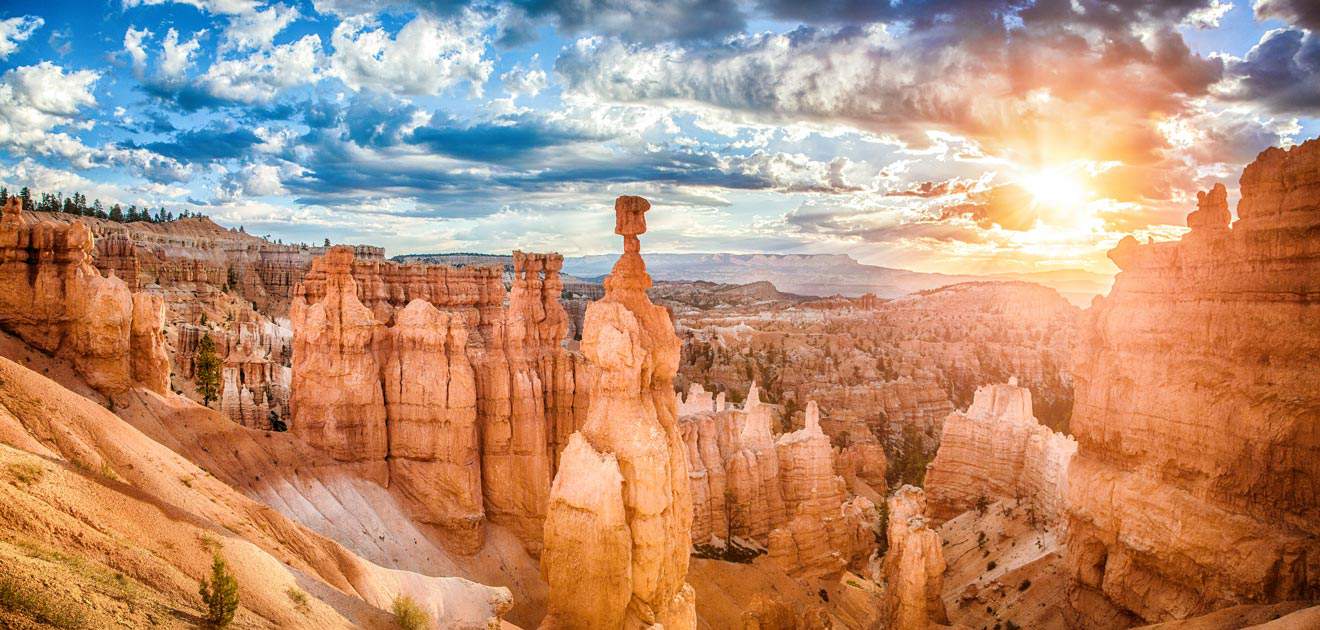
Things to See in Bryce Canyon: A Guide for Visiting It in One or More Days
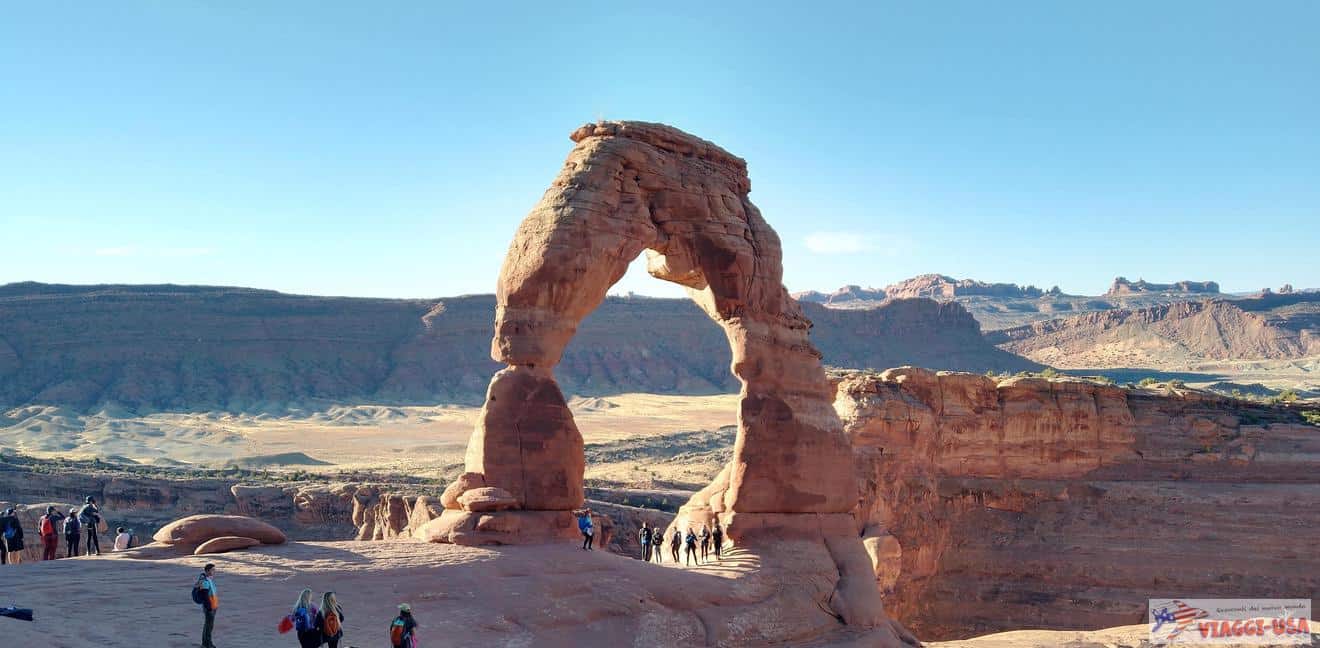
Visiting Arches National Park: A Trip Around Utah’s Best Natural Arches

Canyonlands National Park: Things to do, Hiking Trails and Tours from Moab
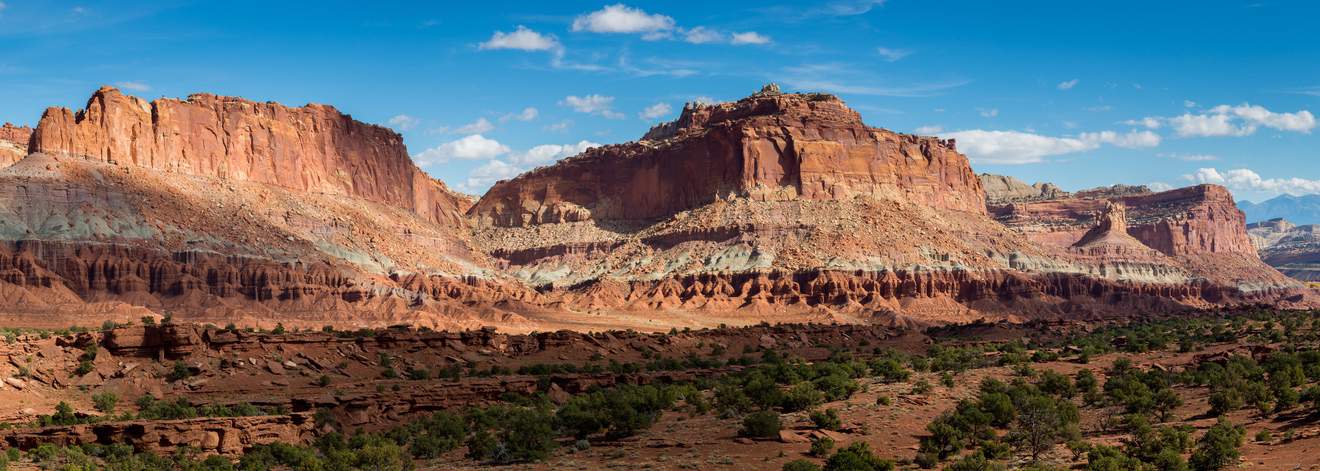
Capitol Reef National Park: An Adventure in Utah through Canyons and Orchards
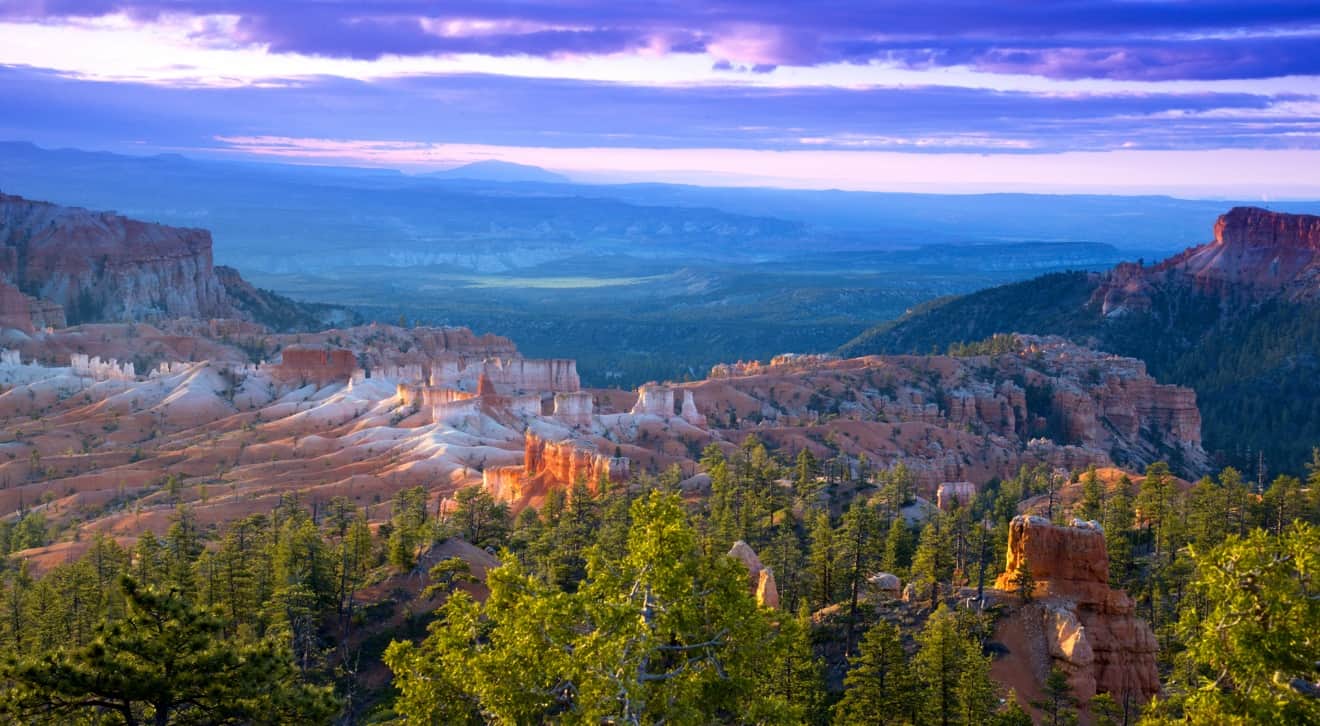
Where to Stay in Bryce Canyon: Best Accommodations in the Park Area
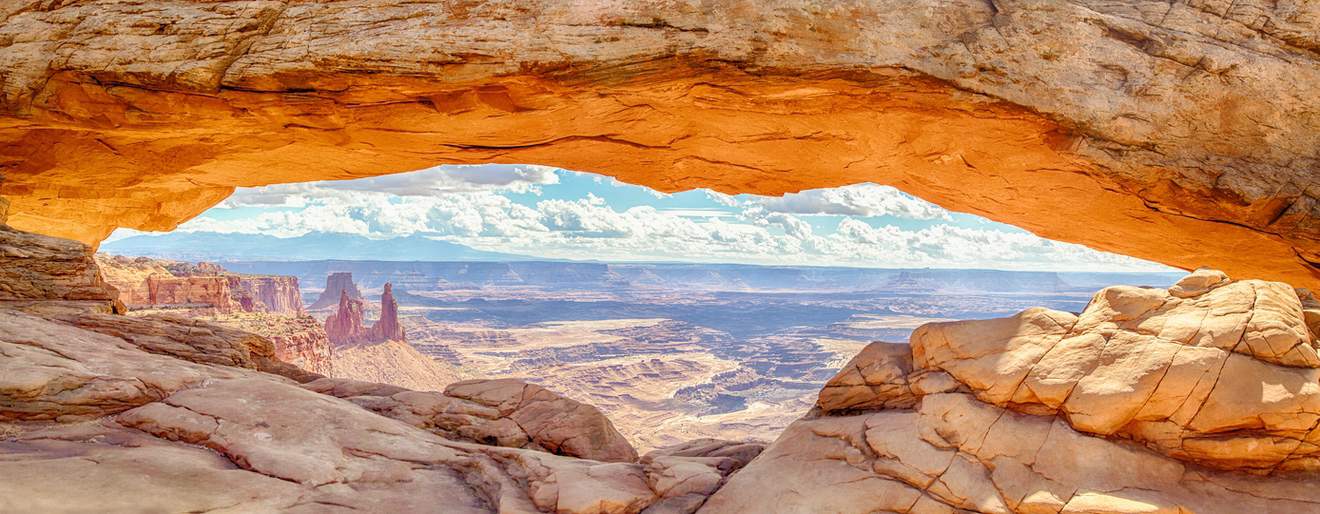
Island in the Sky: Scenic Road Trip through the Canyonlands
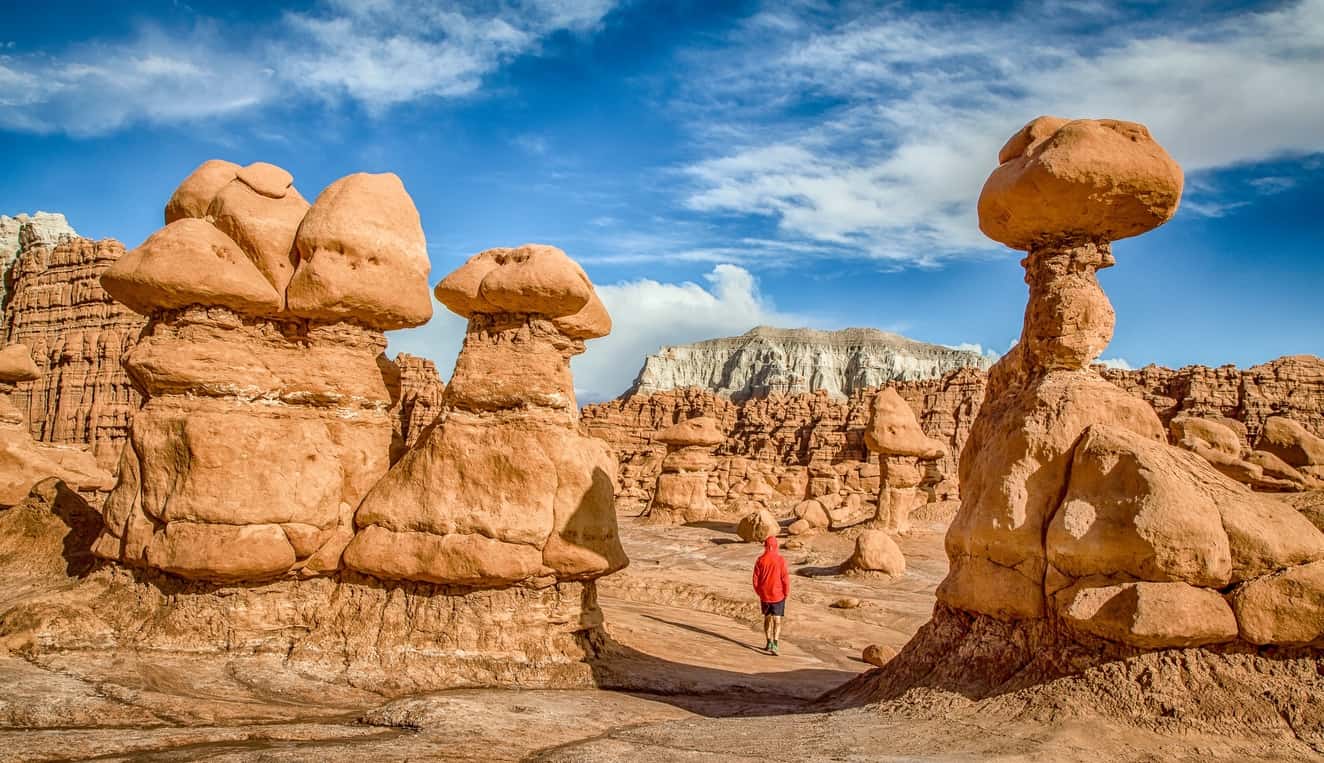
Goblin Valley: Walk among Hoodoos in the Desert in Utah
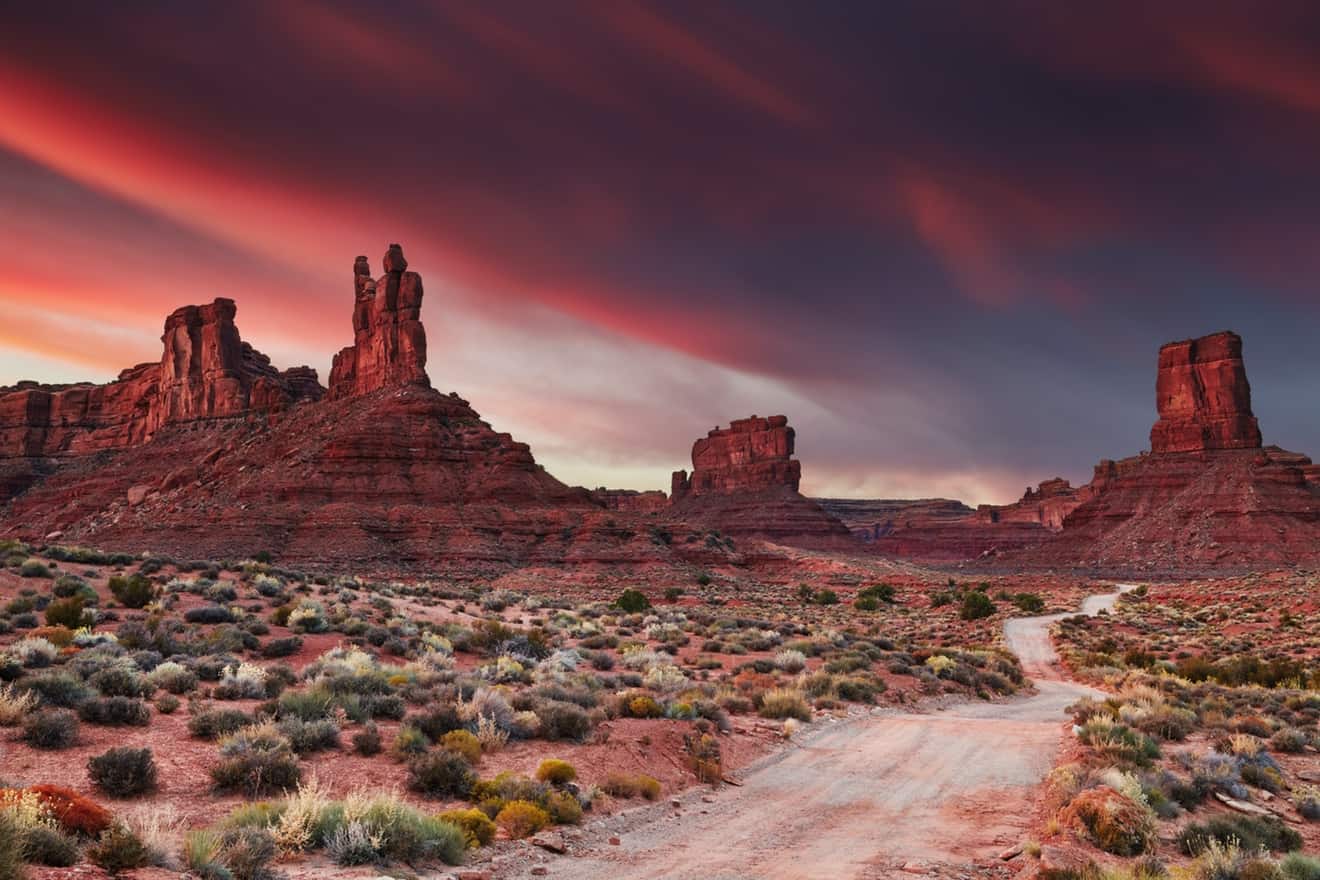
Discover Valley of the Gods, Monument Valley’s Younger Sister
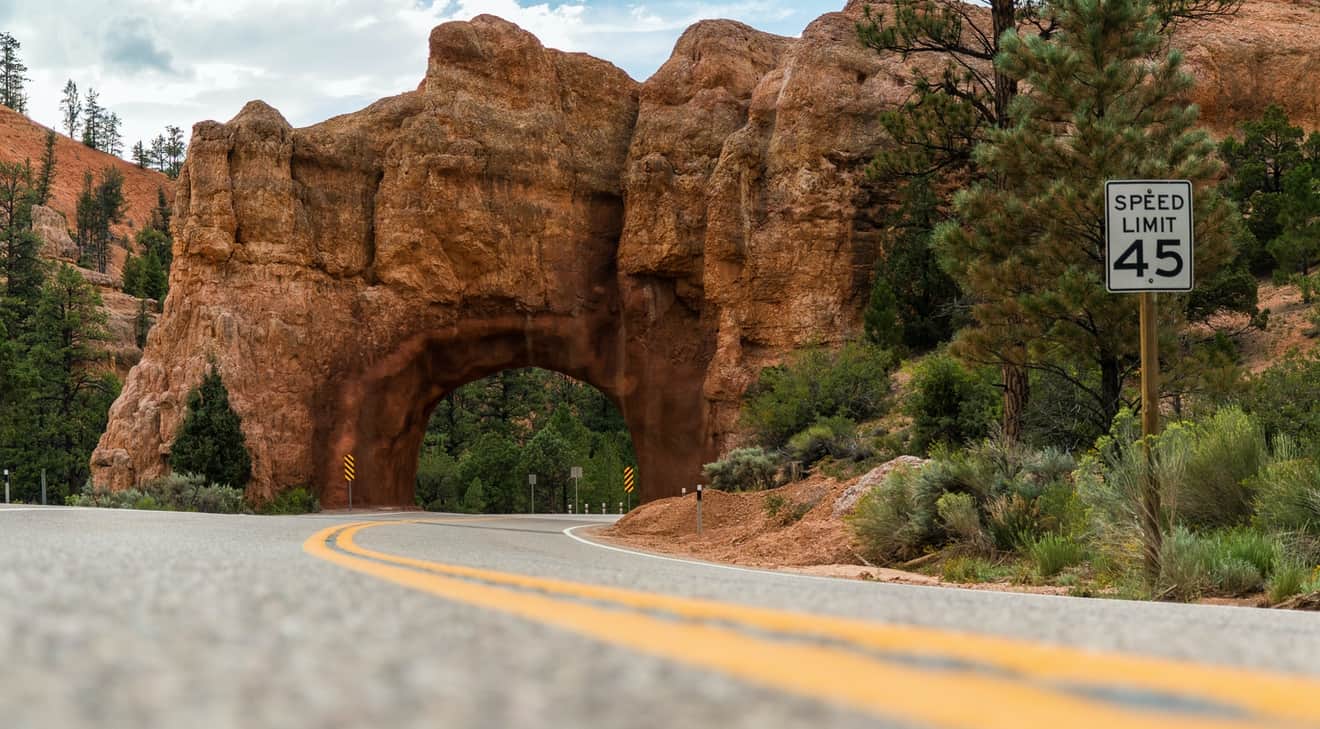
Red Canyon, Utah: The Magnificent Portal to Bryce Canyon
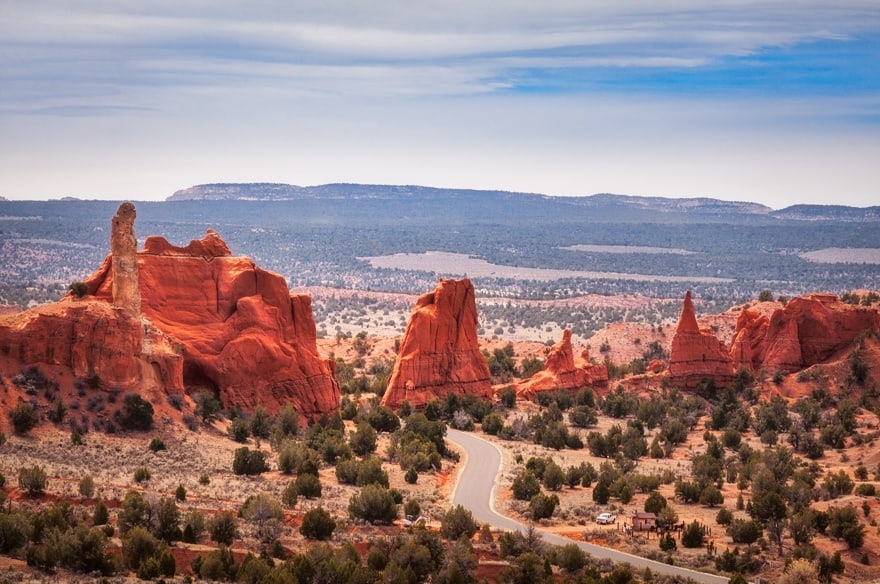
Kodachrome Basin State Park: A Small Natural Masterpiece in Utah
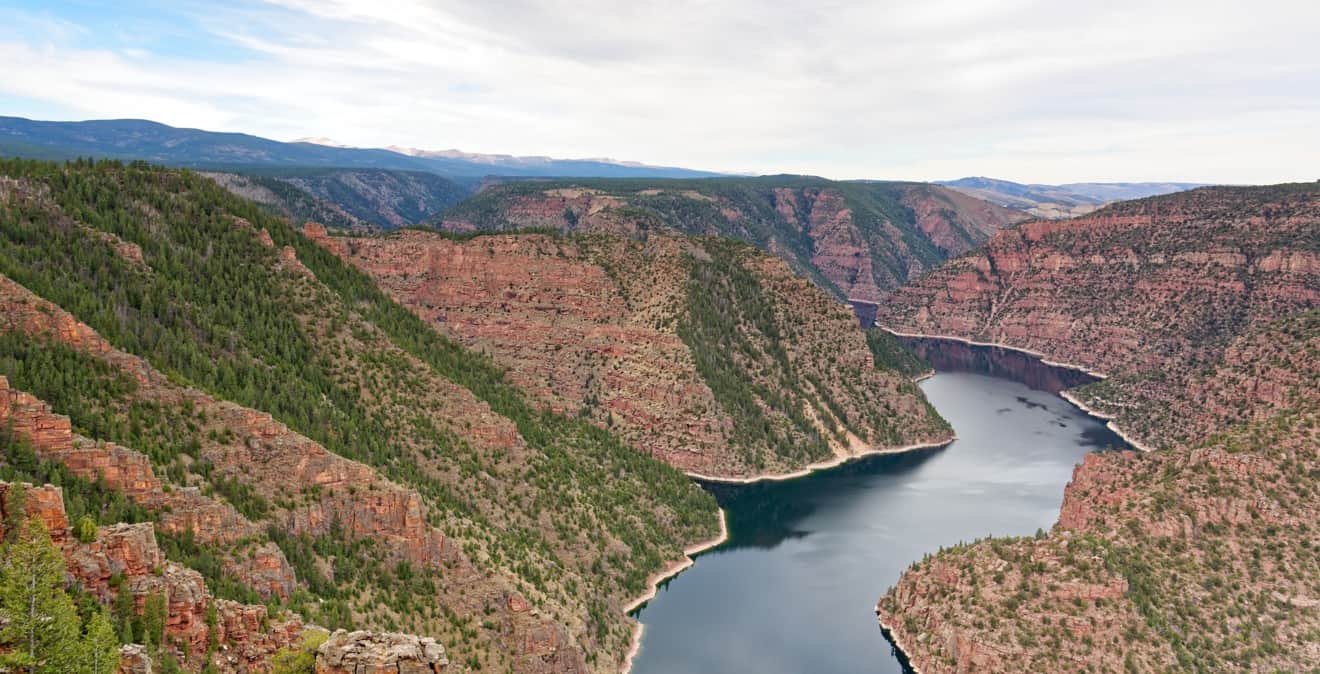
Flaming Gorge: Unforgettable Views in Utah and Wyoming
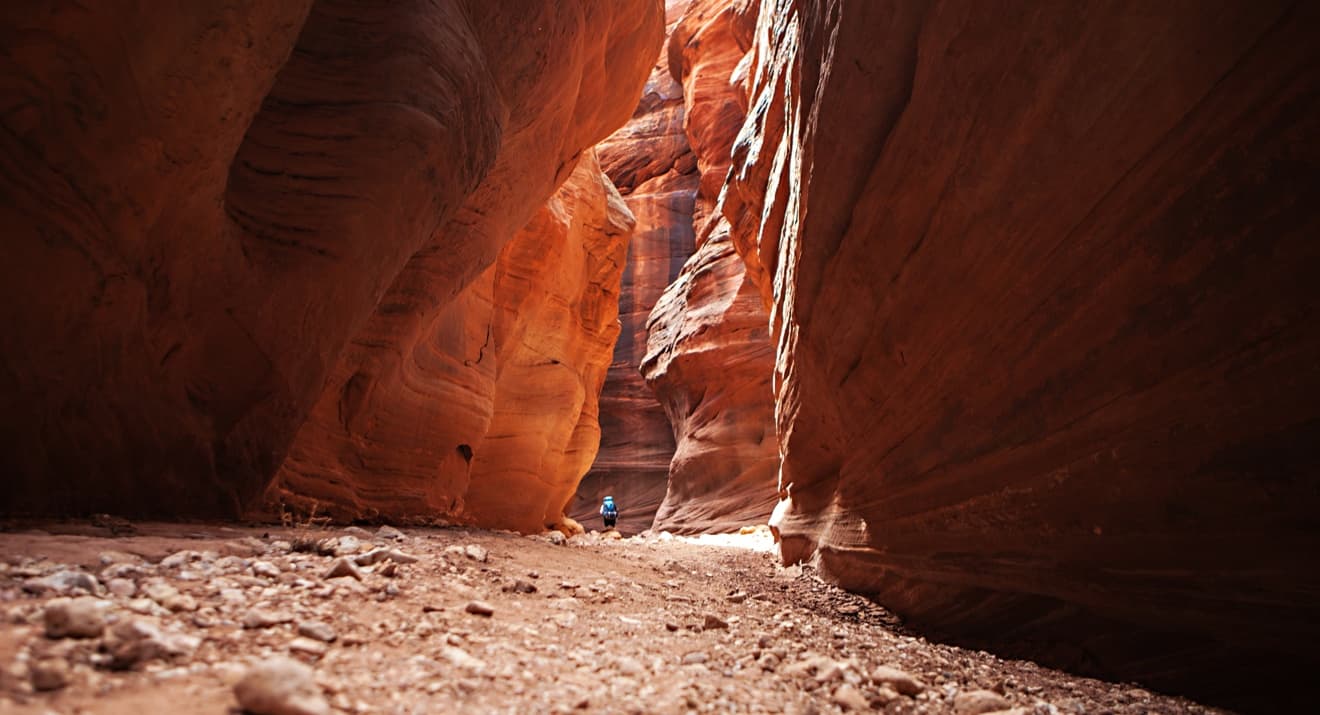
Buckskin Gulch: A Guide to One of America’s Largest Canyons

Antelope Island: Bison and Golden Prairies Near Salt Lake City

Cedar Breaks National Monument: A Pleasant Surprise Hidden Among the Utah Mighty Five
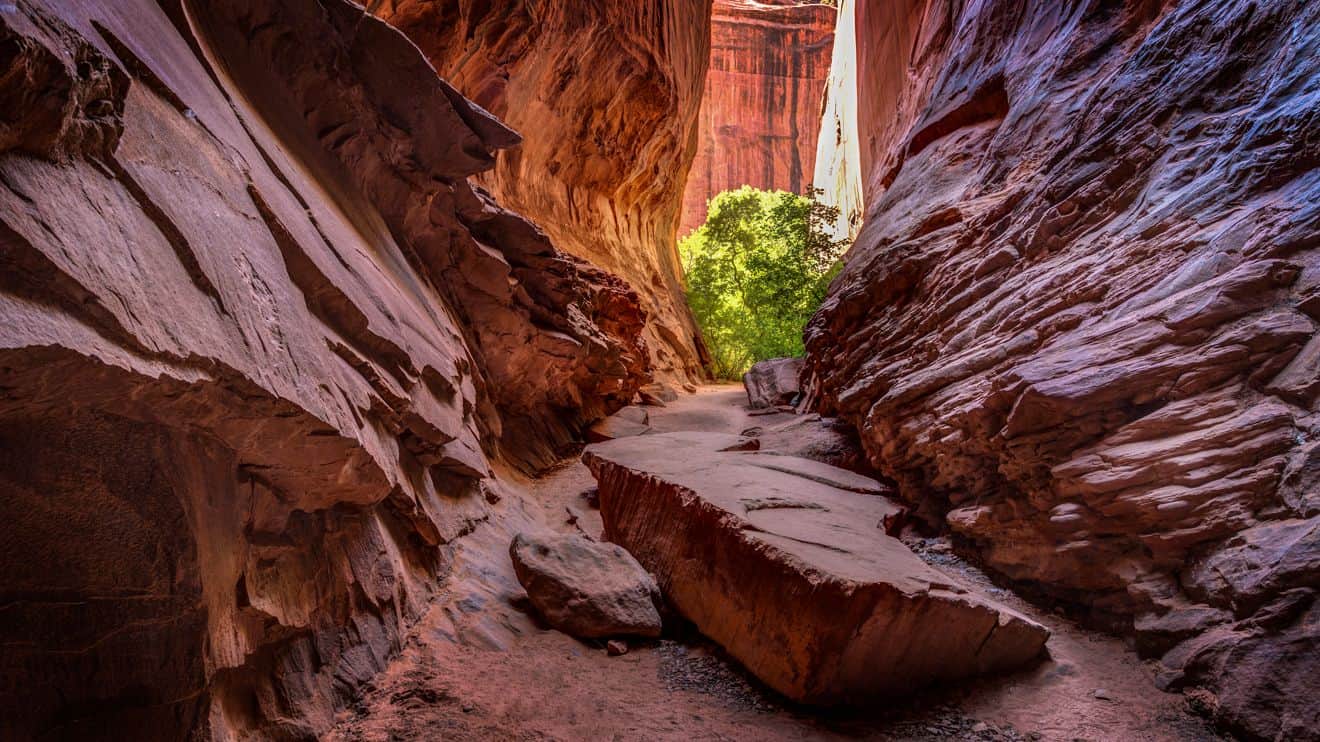
Top 10 Slot Canyons in Utah + 1: discover the most exciting hikes!
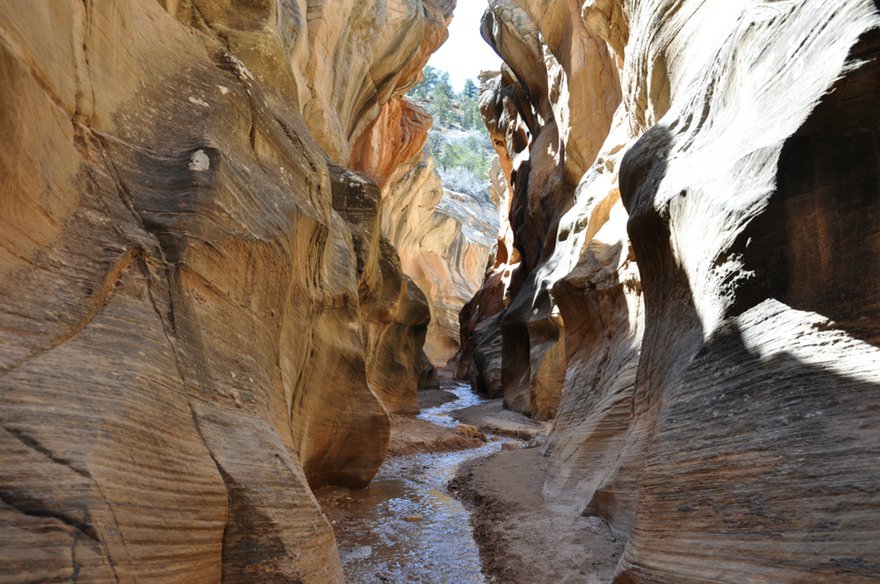
A Guide to the Immense Grand Staircase-Escalante National Monument
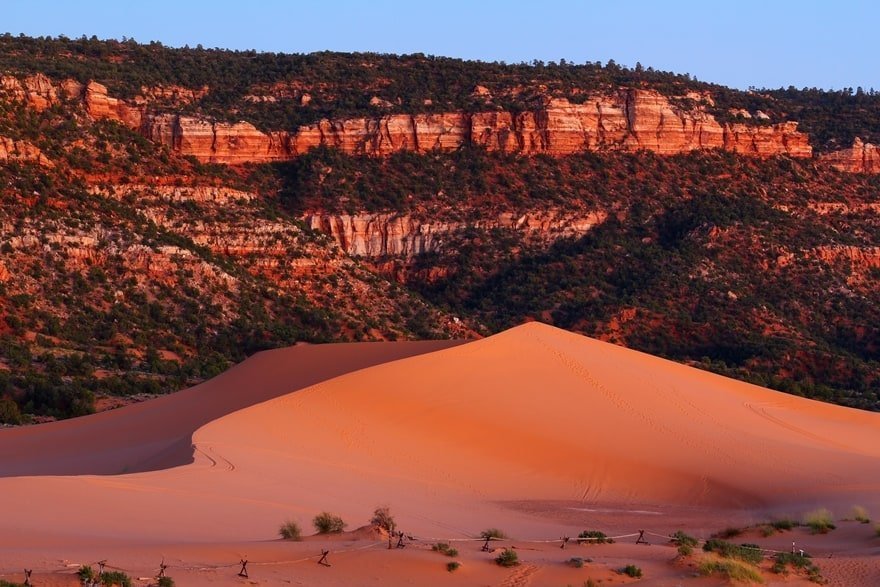
Coral Pink Sand Dunes: The Unusual Pink Dunes of Utah

Toadstool Hoodoos: The Unusual Mushroom-shaped Rocks in Utah
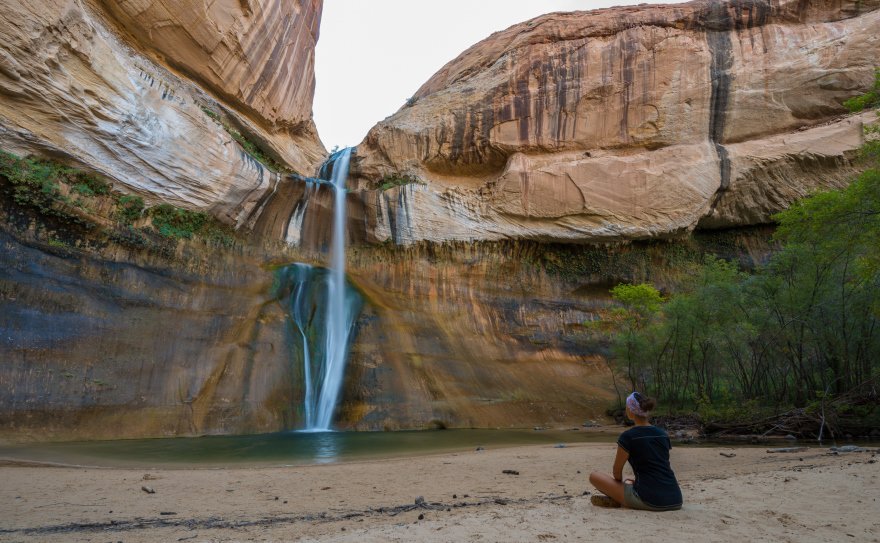
Upper and Lower Calf Creek Falls: A Trail Guide to the Impressive Waterfalls along UT-12
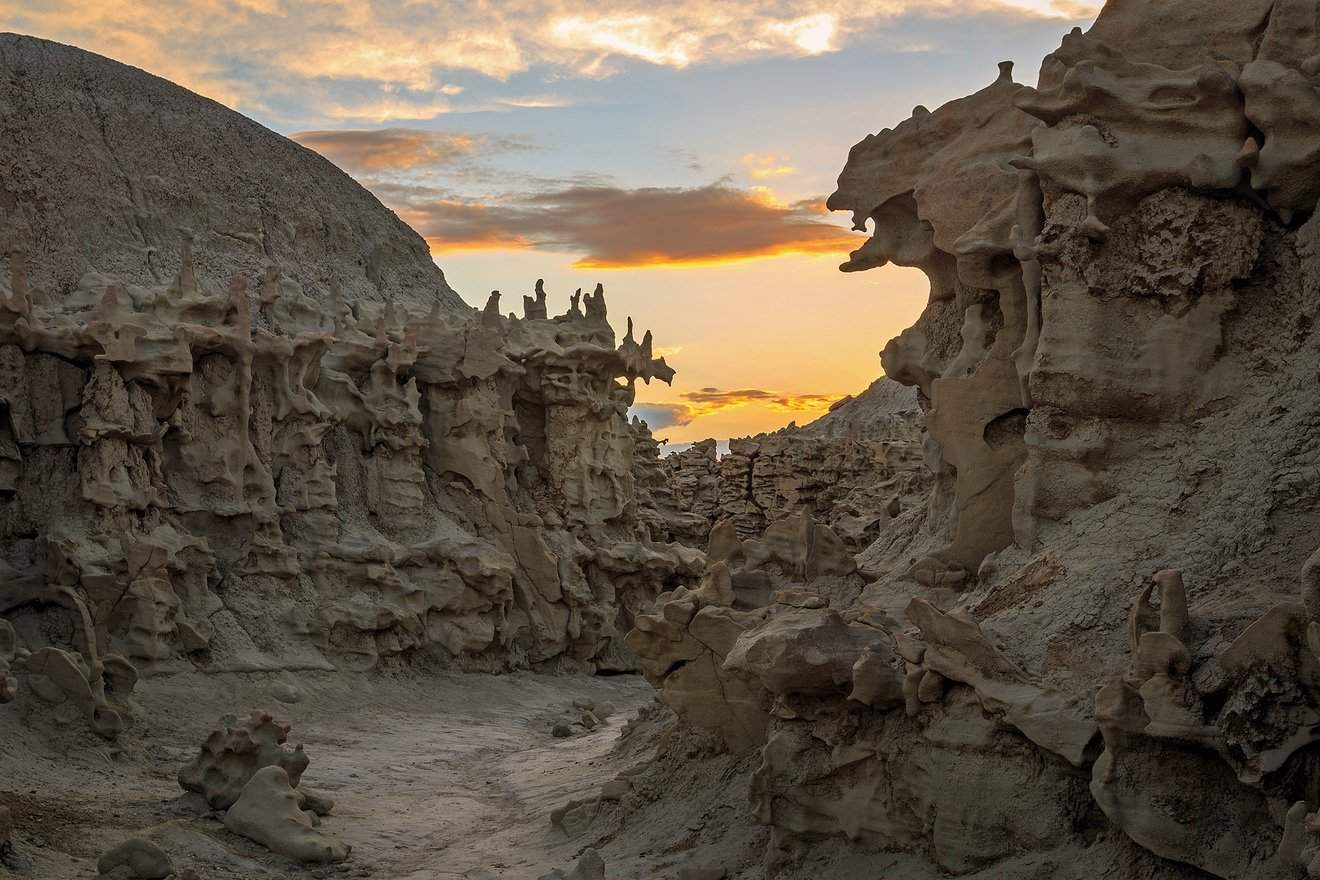
Fantasy Canyon, Utah: A Surreal Natural Landscape… Under the Wide Open Sky!
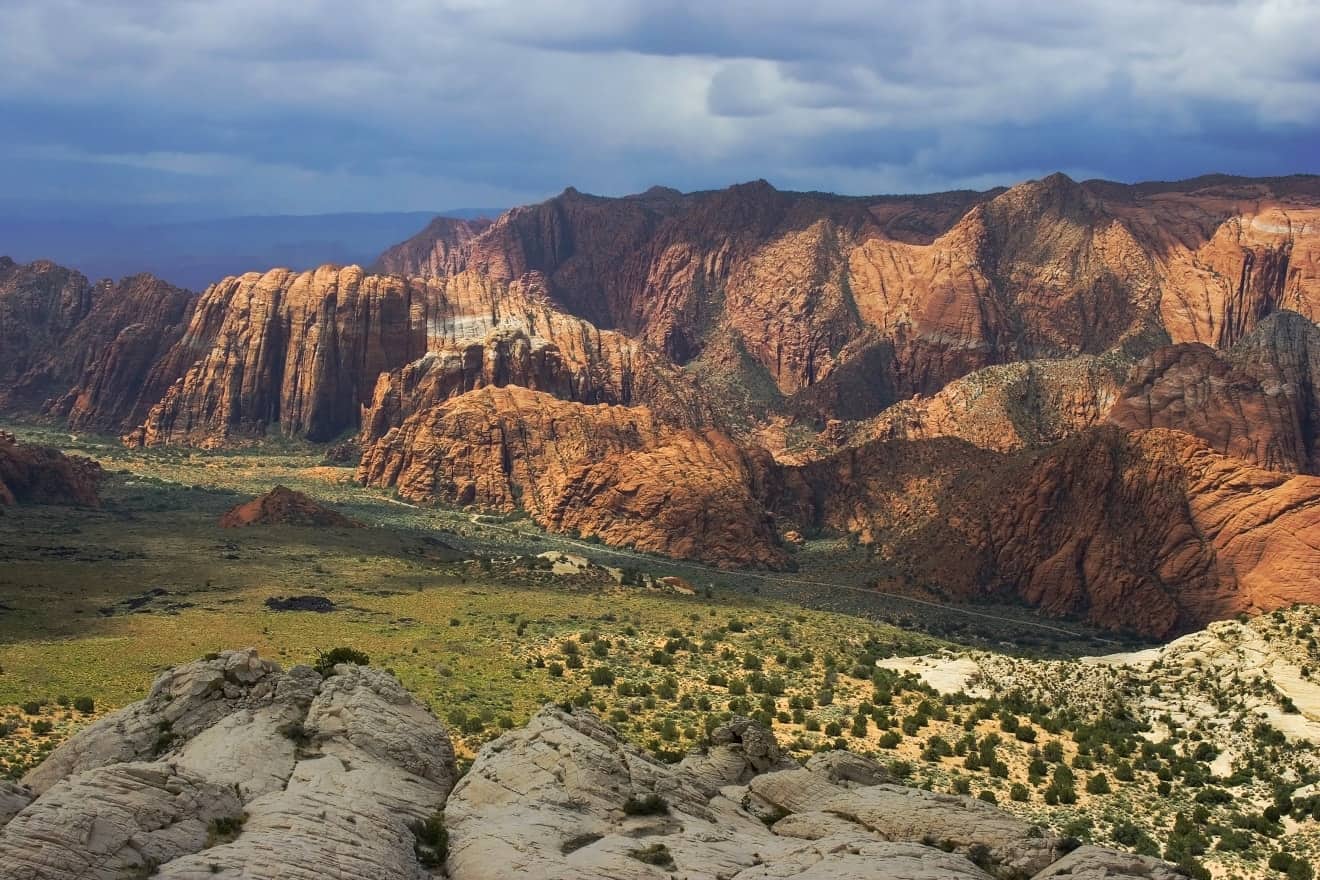
Visit Snow Canyon State Park and Enjoy Incredible Views
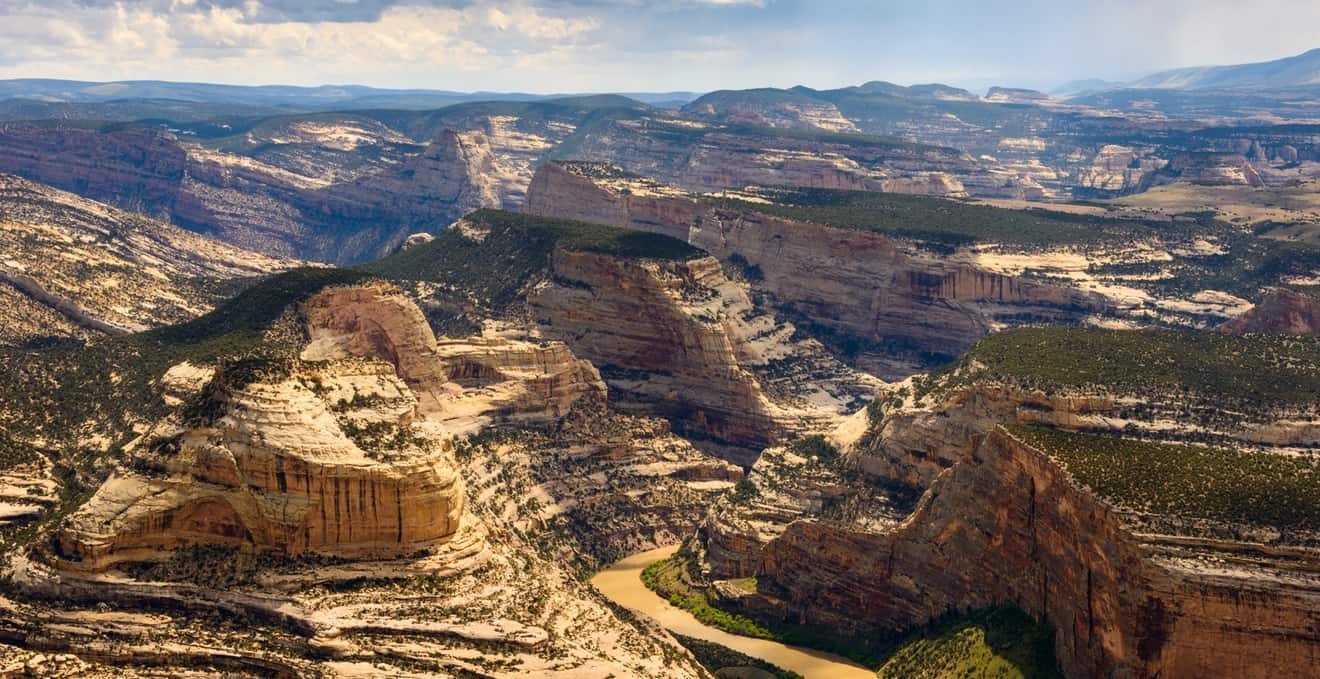
Visit Dinosaur National Monument: Dinosaur Fossils and Deep Canyons
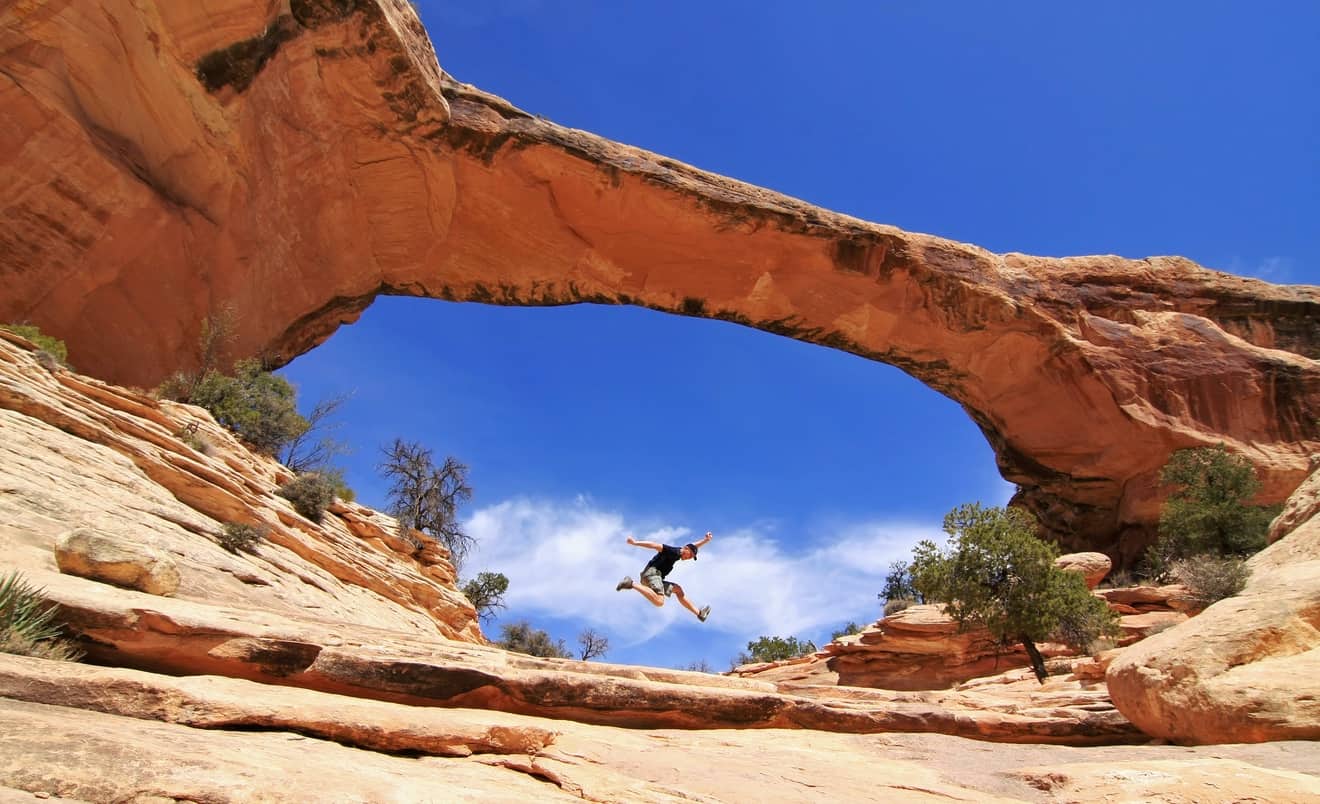
Natural Bridges National Monument in Utah: Exploring the Majestic Natural Bridges
Best Views
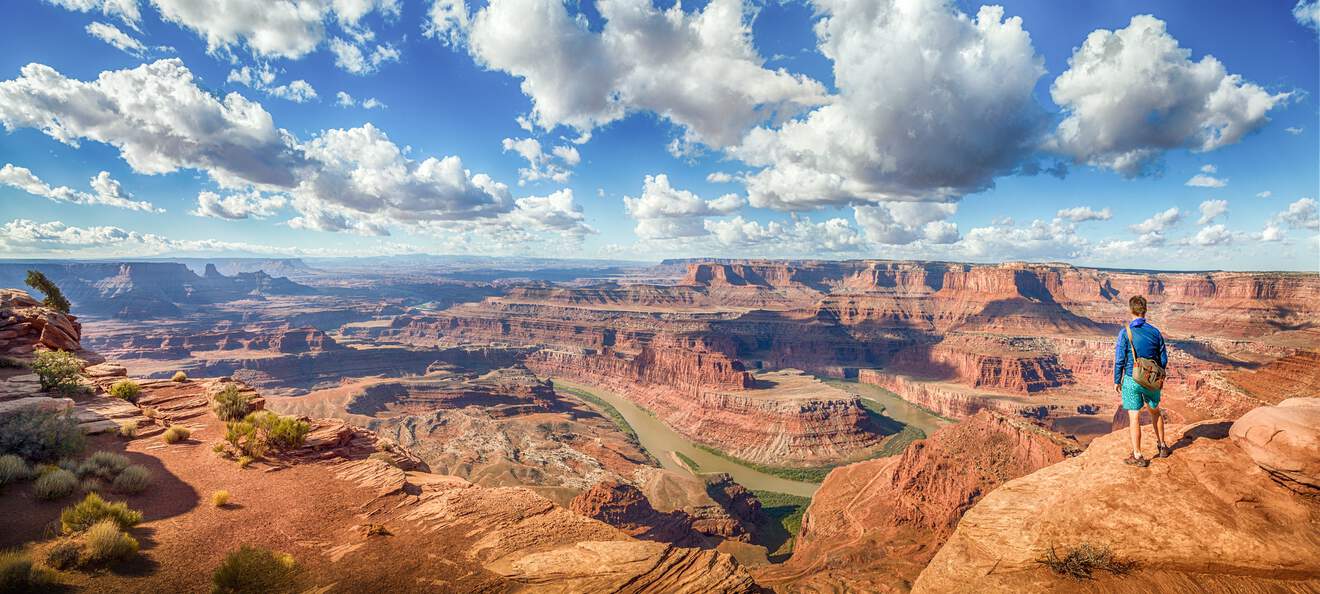
Dead Horse Point State Park: A “Legendary” Landscape in Utah
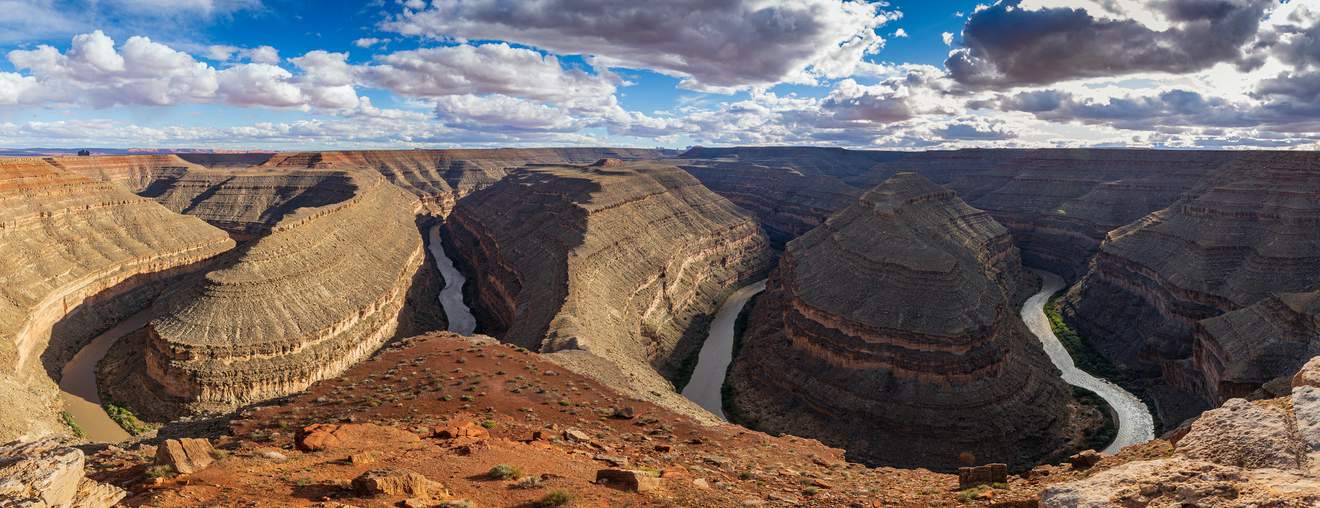
Goosenecks State Park: A Breathtaking View!
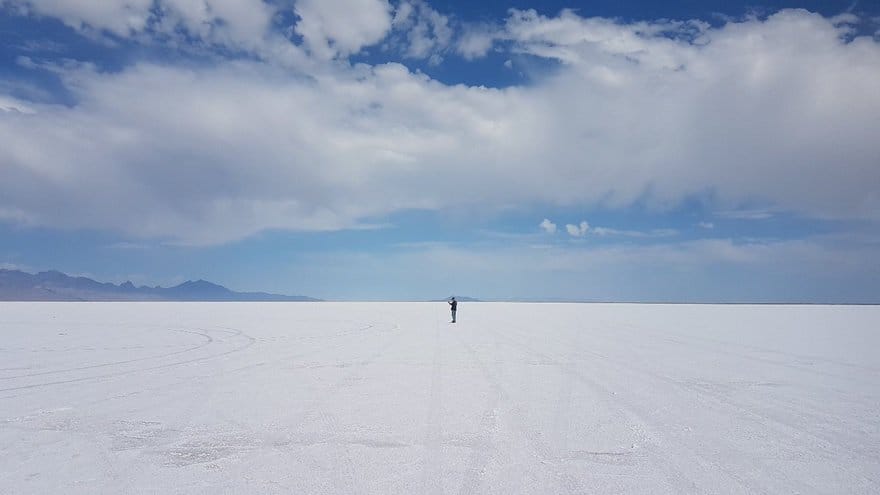
Bonneville Salt Flats: The Dazzling Beauty of the Great Salt Lake

Moki Dugway and Muley Point: Winding Roads and Wide Landscapes
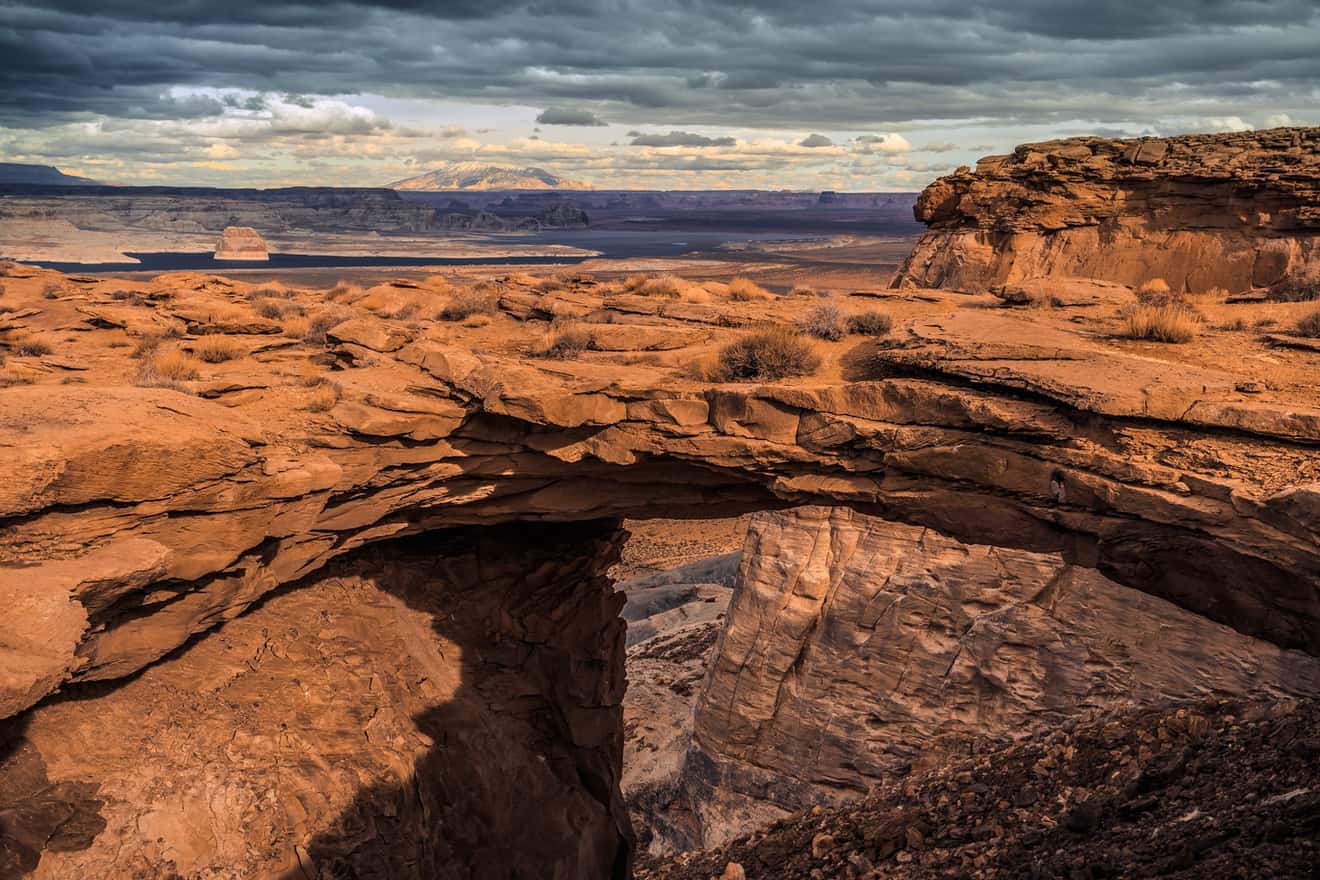
Skylight Arch in Utah: An Off-Road Adventure near Page, Arizona
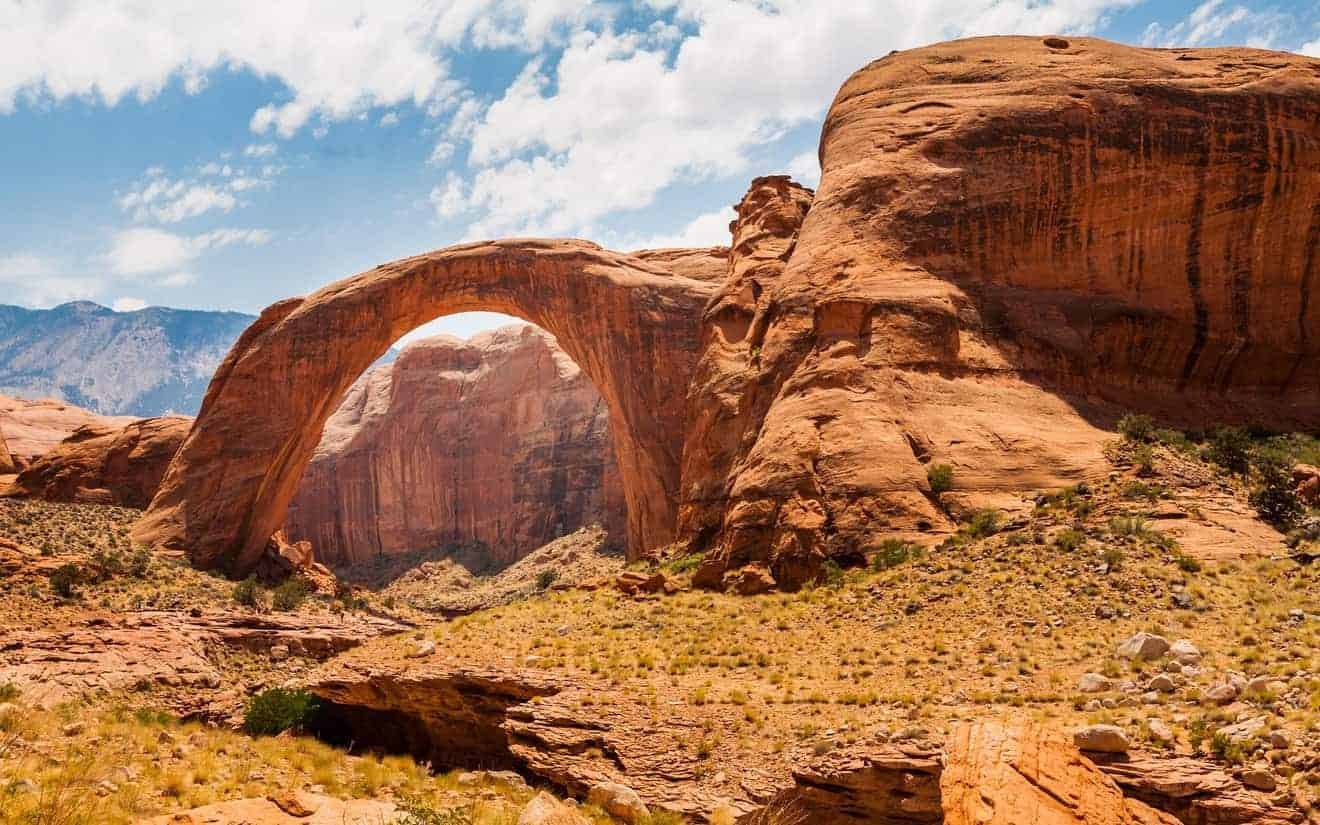
How to Visit the Majestic Rainbow Bridge National Monument?
Major Cities
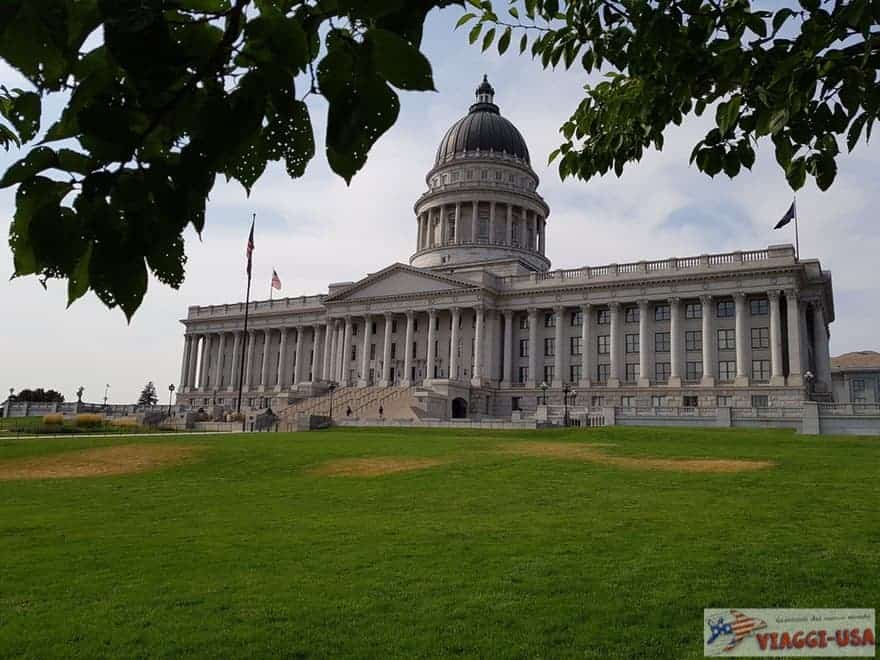
Things to See in Salt Lake City and near the Great Salt Lake
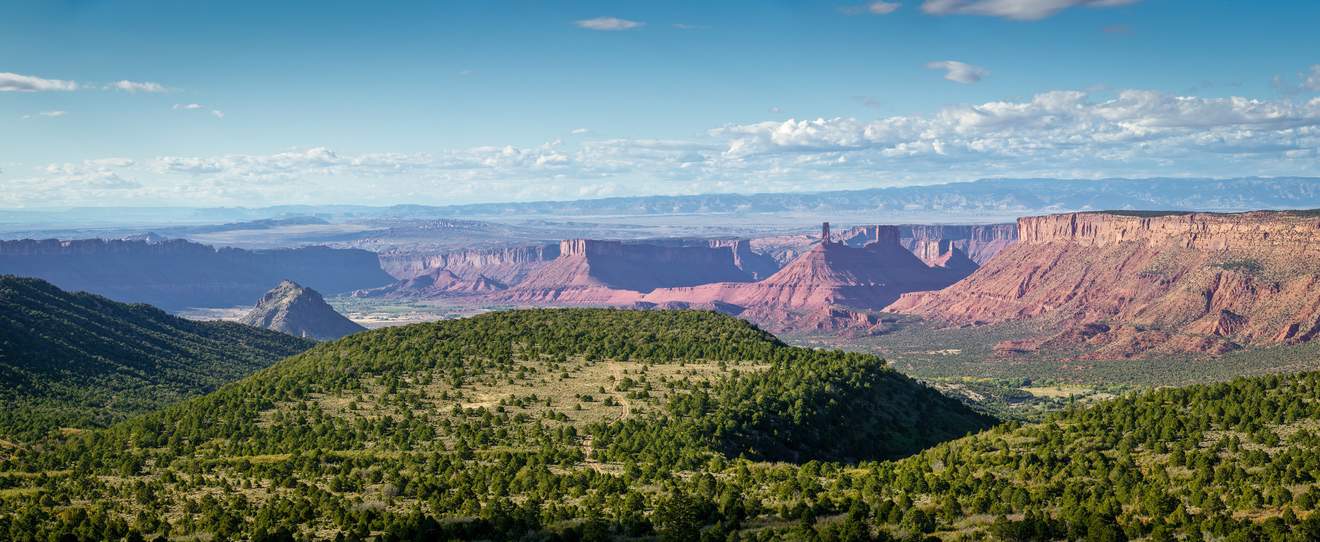
Moab, Utah: The Gateway to the Most Beautiful Parks in the State
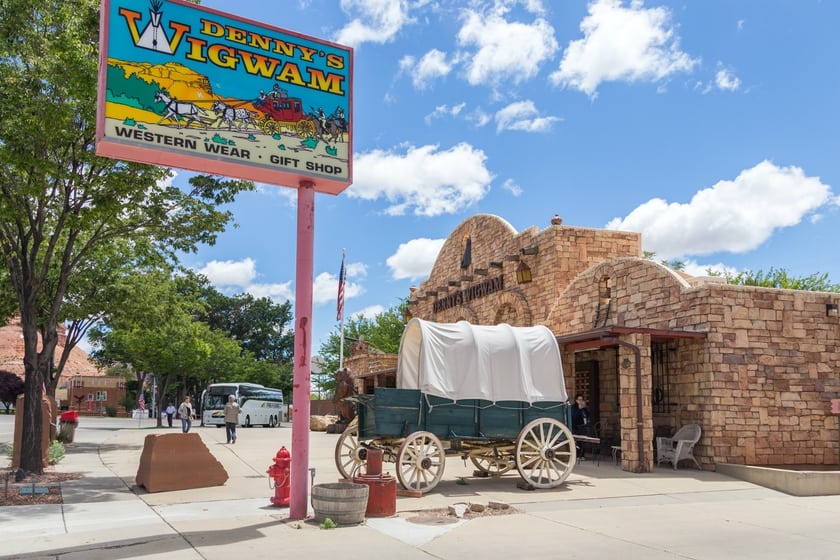
What to Do in Kanab: The Little Hollywood of Utah
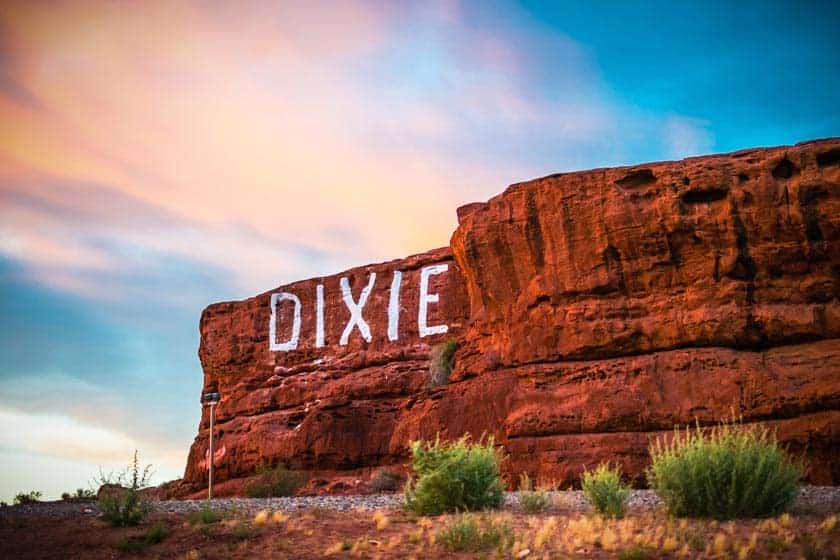
St. George, Utah: Discovering Canyons and Parks Near the City
Special Attractions

Discover Amangiri Resort in Utah, a Luxury Hotel in the Desert

Old Paria: Utah’s Ghost Town that Became a Movie Set

Hole N” The Rock: A Bizarre House in a Rock in Moab, Utah
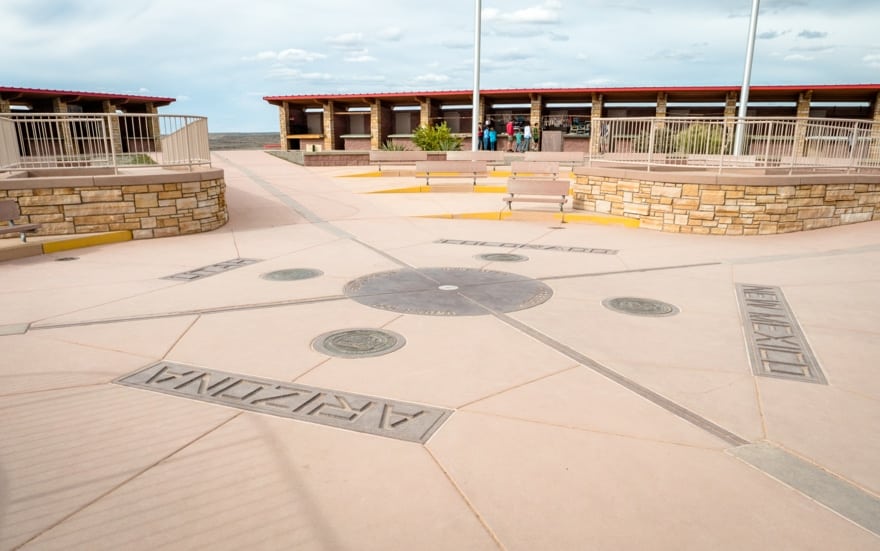
Four Corners: Have You Ever Been to Four States at Once?
Time Zone
What is the Time Difference between Monument Valley and Page? The two time zones of Arizona
During the intense and unforgettable days of my journey from Las Vegas to Monument Valley, my ability to tell time was put to the test. I felt like I was in a daze because of the rush from one stop to the next, the beauty and incredible variety of places that were completely new to me, and the constantly changing …
Read moreMap of Utah
Utah General Information
Ethimology, Motto, Nickname
The word “Utah” derives from the indigenous Ute tribe, which means “people of the mountains.” However, this name was given to them by neighboring Pueblo Indians, while the Ute people called themselves Noochee.
Utah’s motto is “Industry“, and it is attributed to the industry that has characterized the state since its foundation. Due to the perseverance and thriftiness that characterized its residents in the field of work, it earned the nickname “The Beehive State“. Many also know Utah as “The Mormon State” because it is home to the world’s largest community of members of The Church of Jesus Christ of Latter-day Saints, commonly known as the Mormon Church. The other famous nickname, “Deseret,” combines the two previous nicknames. It is a word found in the Book of Mormon that means “bee”.
Geography
Utah offers a diverse geographical and consequently, scenic landscape. Situated at the convergence of three significant geological regions – the Great Basin, the Rocky Mountains, and the Colorado Plateau – it’s a state abundant in mountains. Therefore, it’s home to some of the most important ski resorts in the United States and, above all, some of America’s most popular natural parks.
Extension and Regions
With its nearly 84,899 square miles, Utah is considered a relatively large state (the thirteenth largest of the 50 American states by area). It can be divided into 6 major regions. Starting from the southeast bordering Arizona and Colorado, we have what is referred to as Canyon Country. This is the vast area around Glen Canyon and the numerous surrounding canyons, where you’ll find 4 of the 5 national parks in the state (Arches, Canyonlands, Capitol Reef, and Bryce Canyon), making it the most visited area by tourists.
The southwest corner, around the cities of St. George and Cedar City, is the region known as Dixie, where you’ll also find Zion National Park. Moving north from Zion, along the border with Nevada and extending to Idaho, is the Western Utah region, which also includes most of the area around the Great Salt Lake. The eastern shore of the Great Salt Lake, including the capital Salt Lake City and the entire area around Provo, is part of the Wasatch Front region. Finally, there are the central and northeastern parts of the state, aptly named Central Utah and Northeastern Utah.
As with any state, there are more specific subdivisions, but for a visitor, the areas of primary interest are the entire southern region, Dixie and Canyon Country, and the capital with its large salt lake.
Geographic Features
Utah’s terrain is predominantly mountainous and features rugged or desert areas. For this reason, a significant portion of the population concentrates in more hospitable locations, such as the Wasatch Front: a series of valleys and plains located in the northwest of the state.
A distinguishing feature of Utah is the presence of vast salt flats, like the captivating Bonneville Salt Flats. In addition to the famous Great Salt Lake, salt forms the basis of the aridness that characterizes the entire northwestern region. On the other hand, what makes the southern part of the state famous is the countless canyons, the product of millennia of sandstone erosion by the force of rivers (such as the Colorado River and its tributaries) and weathering.
Mountains, Lake and Rivers
Among the prominent mountains in the northern region is the Wasatch Range, a mountain chain that runs along the border with Idaho and reaches almost 12139 feet with its highest peaks. To the northeast, there are even higher peaks in the Uinta Mountains, where you’ll find the state’s highest peak, Kings Peak (13526 feet).
The Great Salt Lake, located on the shores of which the capital city stands, is undoubtedly the most significant, but not the only, basin in this area. There are two significant freshwater lakes: Utah Lake and Sevier Lake. Sevier Lake has the unique characteristic of being intermittent, meaning it can disappear due to low water levels and then refill following heavier precipitation. Both these lakes, as well as the Great Salt Lake, along with other smaller lakes and large salt flats, are remnants of the prehistoric Lake Bonneville. In the southern part of the state, partially shared with Arizona, you’ll find one of the most important artificial lakes in America: Lake Powell, created on the course of the Colorado River.
The Colorado River itself is the primary river of Utah (despite originating in Colorado and also flowing through Arizona before reaching the Mexican coast, marking the border between Arizona on one side and Nevada and California on the other). The Green River, a tributary of the Colorado, is the second most important river in the state. Ranking third among Utah’s rivers is the Bear River, which holds the distinction of being the longest river in the United States that does not reach the sea; it flows into the Great Salt Lake after originating in Utah, but passing through parts of Wyoming and Idaho with its unique horseshoe-shaped course. Finally, among the numerous other rivers that originate in these mountains, the San Juan is worth mentioning as another significant tributary of the Colorado. It is the most fish-rich river in the state and has always been of great importance for local sustenance and the economy.
Capital and Major Cities
Utah doesn’t boast huge metropolises like some other American states. The capital, Salt Lake City, is also the most populous city with approximately 200,000 residents. There are three other cities with populations over 100,000: West Valley City (140,200), West Jordan (117,000), and Provo (115,200). Nevertheless, cities like Orem, Sandy, and St. George also hold significance in the state.
Climate
The climate in Utah is predominantly dry, and in some areas, it’s desert-like, which means that precipitation is very rare throughout the year. In flat areas, the average annual rainfall is less than 11,8 inches. The situation is more diverse in the mountainous regions, where weather can change more rapidly depending on altitude, and precipitation is mainly in the form of snow.
Regarding temperatures, due to its geographic location far from the sea and the arid conditions that characterize much of the territory, Utah experiences significant temperature fluctuations both between day and night and between summer and winter. However, even during the peak of summer, you won’t find extreme heat like in some other American states, but it’s more common to experience very low temperatures in winter. In the coldest month, January, temperatures are typically close to or below freezing, while in the warmest month, July, the average high is around 82°F, and the average low is around 64°F.
Wildlife
Utah’s wildlife is quite diverse, especially in the mountainous regions. Among the large mammals, it’s common to encounter mule deer, bighorn sheep, and mountain goats, but you’ll also find elk and bison here. The state’s symbol is the Rocky Mountain elk. Predators like cougars, bobcats, and coyotes are present, along with many other small animals.
Regarding birds, where there are numerous different species, it’s interesting to note that Utah’s state bird is the California gull. The reason behind this is not only their abundance around the Great Salt Lake but also an event in 1848 when this species of gulls miraculously saved the Mormon pioneer’s crops by consuming the thousands of insects that were destroying their fields.
History
Utah’s history began thousands of years before the arrival of European explorers, with the presence of the Anasazi and Fremont peoples in this land. Significant evidence of their presence can still be found today, especially in certain parks and reserves. From the 18th century onwards, after three centuries with minimal human presence, other Native American populations arrived here, including the Goshute, Paiute, Shoshone, and, notably, the Navajo.
In the meantime, Spanish explorations had begun, and they reached the southern area in 1540. However, they did not colonize the region, considering it of little value due to its predominantly desert character. With Mexico’s independence, present-day Utah became part of Alta California along with California, Nevada, and parts of Arizona, Colorado, and Wyoming.
Starting in 1847, Mormon pioneers began to arrive and settle in this region, and their presence played a significant role in the development of Utah as it is today. To this day, Utah has the highest concentration of this religious faith. On January 4, 1896, Utah became a part of the United States of America.
Economy
Utah’s economy primarily revolves around four sectors that contribute the highest percentage of income: mining, salt production, livestock farming, and government services. Despite other U.S. states having more diversified economic situations, Utah is considered one of the best in this regard. In 2007, it was ranked as the top state in the USA for economic dynamism by the State New Economy Index, and in 2014, Forbes ranked it as the number one state among the Best States for Business.
Particularly, the Salt Lake City area is at the forefront for small businesses and the technology sector, while petroleum refining is notable in eastern Utah. The southern part of the state benefits from tourism, primarily due to the presence of five national parks and several state parks.
Sport
As mentioned earlier, Utah’s mountainous terrain makes it a highly attractive destination for winter sports. Notably, in 2002, Salt Lake City hosted the Winter Olympics, which were considered the most successful Winter Olympics in terms of financial and marketing aspects, with over two billion viewers.
Although it’s not a very populous state, Utah is home to two prominent sports teams. In basketball, you have the Utah Jazz in the NBA, and in soccer, the Real Salt Lake competes in Major League Soccer (MLS).